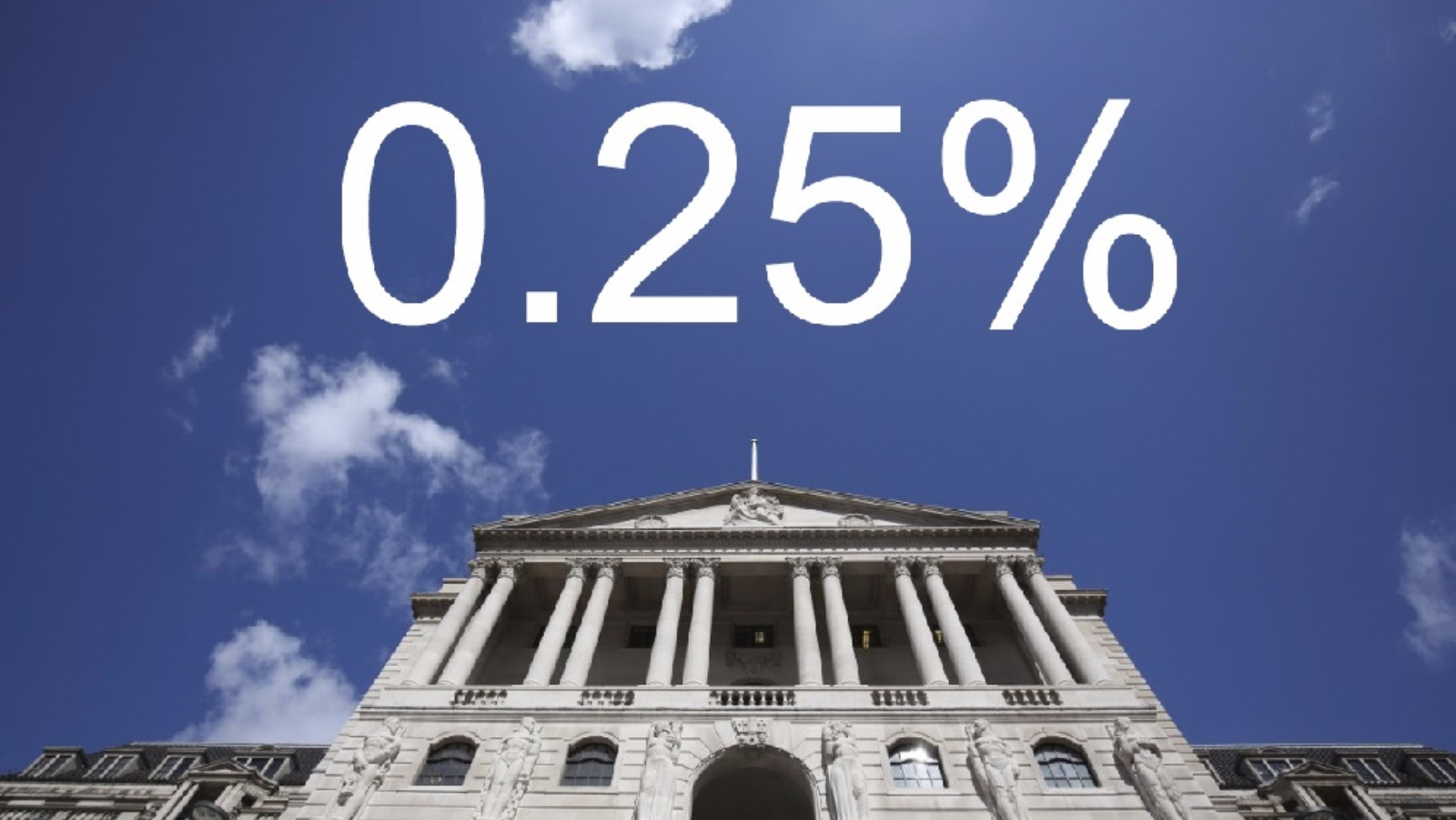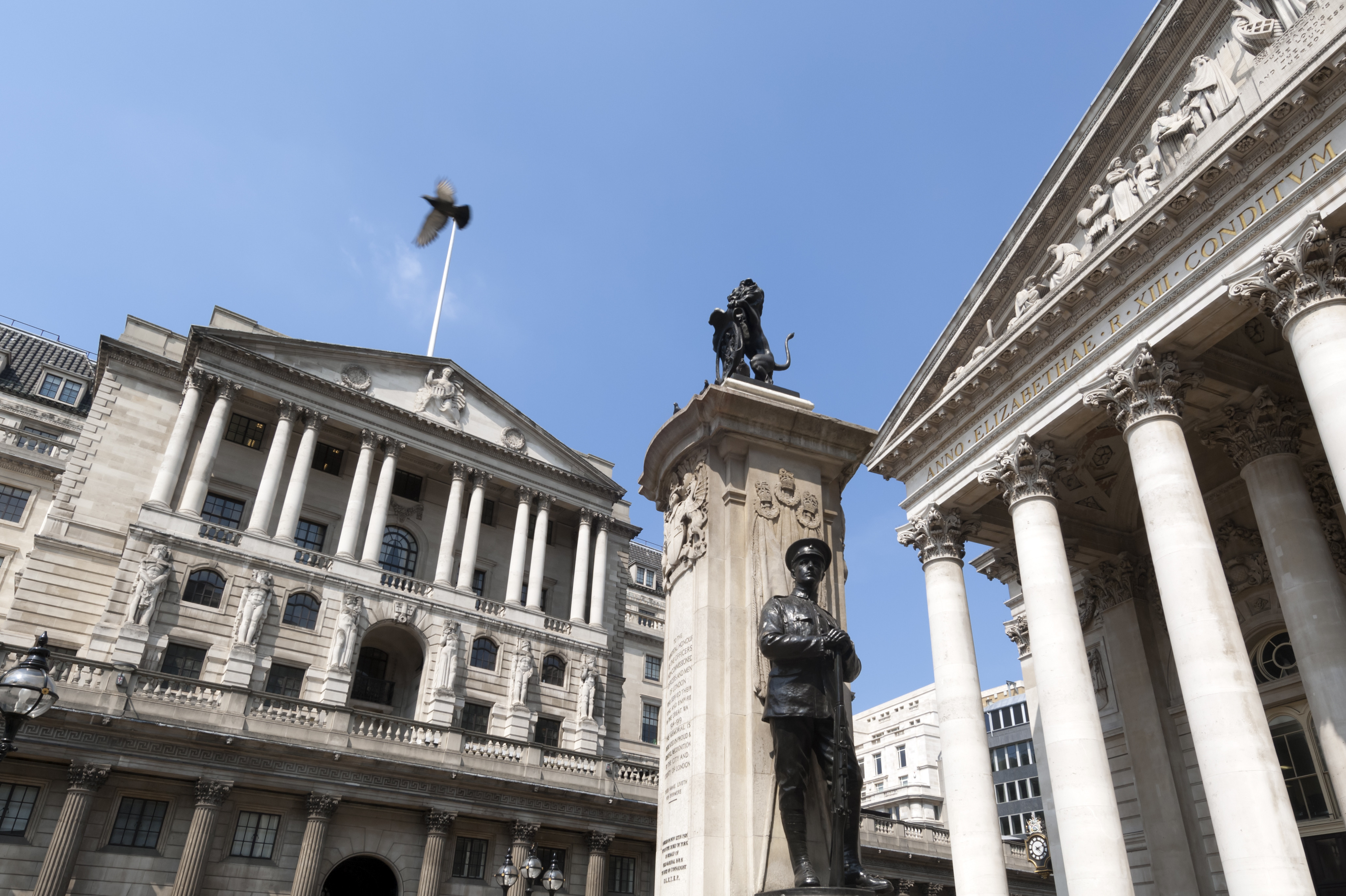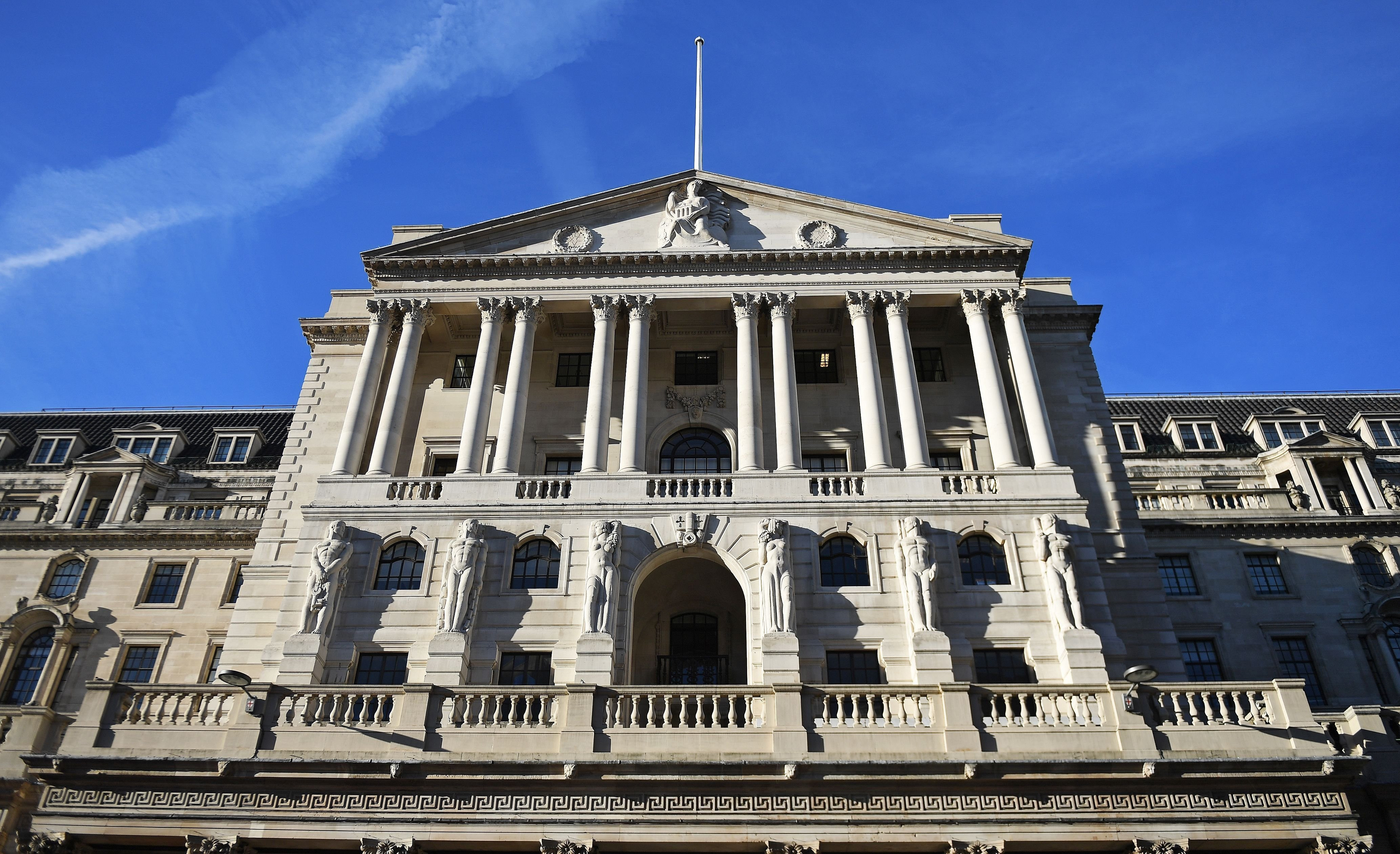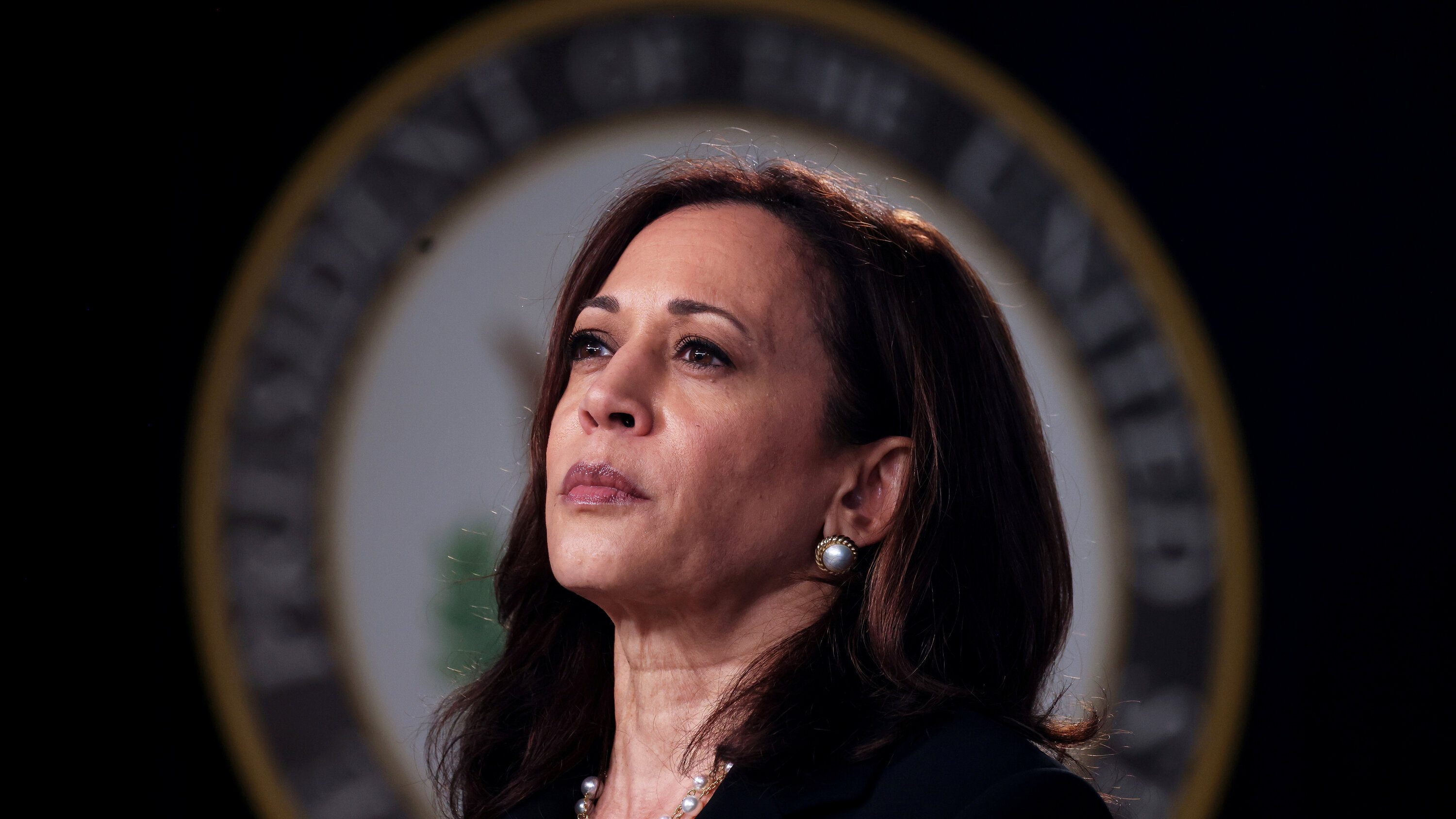The Bank of England cut interest rates Thursday for the first time since the start of the pandemic, providing some relief to households squeezed by the highest borrowing costs in 16 years. The decision takes the benchmark interest rate in the United Kingdom to 5% from 5.25%, where it had stood since September following the longest-running series of successive rate hikes in at least a century.
The knife-edge decision saw five members of the Bank of England’s monetary policy committee vote to reduce the rate, while four wanted to keep it on hold. Bank of England governor Andrew Bailey told reporters the decision to cut rates was “finely balanced,” suggesting that the bank will proceed cautiously. “We need to put the period of high inflation firmly behind us and we need to be careful not to cut rates too much or too quickly,” he said, noting that a recent strengthening in the UK economy could add upward pressure to inflation.
UK inflation slowed to 2% in May and remained at that level in June, falling to the Bank of England’s target for the first time in nearly three years as food prices eased sharply. “We have truly come a long way in returning inflation to target,” Bailey said Thursday. The BoE expects inflation to edge up in the coming months as the effects of a sharp drop in household energy prices fades, before falling below the 2% target in two years’ time.
The decision to cut comes a day after the US Federal Reserve opted to hold rates steady. But Fed Chair Jerome Powell told reporters that a rate cut “could be on the table in the September meeting.”
While the Bank of England had enough confidence over the outlook for consumer prices to move sooner, the close decision reflects concern among some BoE policymakers that inflation hasn’t yet been completely brought under control. Inflation in the dominant services sector, at 5.7%, has proved sticky and remains a point of concern for policymakers. “Monetary policy will need to continue to remain restrictive for sufficiently long until the risks to inflation returning sustainably to the 2% target in the medium term have dissipated further,” the Bank of England said.
“Future decisions (on rate cuts) are likely to be equally close,” said Peter Arnold, EY UK chief economist. He expects the next quarter-point cut to come in November, rather than at the BoE’s next meeting, in September.
Consultancy Capital Economics shares that view. “And the risks to our forecast are tilted towards cuts being a bit slower and smaller than we currently expect,” deputy chief UK economist Ruth Gregory wrote in a note.
A Boost for the Housing Market
Despite uncertainty over how soon further reductions to borrowing costs will come, the Bank of England’s first cut since March 2020 could give a big boost to sentiment in the housing market as mortgage costs fall. Major lender Nationwide unveiled a sub-4% fixed-rate mortgage last week, with others likely to follow.
“Now there has been a cut, demand and transaction activity will increase when the autumn market gets underway in September and more mortgage rates fall below the 4% psychological threshold,” said Tom Bill, head of UK residential research at Knight Frank. The real estate consultancy sees UK house prices rising by 3% this year.
UK Economy Shows Resilience
Stronger-than-expected economic growth could further improve the outlook for housing market activity. After a short and shallow recession at the end of last year, gross domestic product grew 0.6% in the first three months of the year compared with the previous quarter, according to the Office for National Statistics.
More recent data following the Labour Party’s landslide victory in the UK general election showed a strengthening of business confidence in July, as new business activity in the manufacturing and services sectors grew at its fastest pace in 15 months.
A Cautious Approach
The Bank of England is taking a cautious approach, and this is reflected in the split vote on the decision to cut rates. The bank is keen to avoid cutting rates too quickly or too much, as this could lead to a resurgence of inflation.
However, the bank is also aware that the UK economy is showing signs of resilience. The recent economic growth figures are encouraging, and the Labour government has pledged to invest in the economy. This suggests that the Bank of England may be willing to cut rates further in the coming months, but only if the economic data continues to improve and inflation remains under control.
What’s Next for the UK Economy?
The Bank of England’s decision to cut interest rates is a significant development, and it will have a major impact on the UK economy. The cut will provide some relief to households and businesses, but it remains to be seen whether it will be enough to stimulate economic growth.
The bank is taking a cautious approach, and it will be closely monitoring the economic data in the coming months. If inflation continues to fall and the economy remains resilient, the bank may be willing to cut rates further. However, if inflation starts to rise again, the bank may be forced to raise rates again.
The coming months will be crucial for the UK economy. The Bank of England’s decision to cut interest rates is a positive step, but it is only one step in a long process. The UK economy faces a number of challenges, and the government will need to take a number of steps to ensure that the economy grows and that inflation remains under control.
The Uncertain Future
The future of the UK economy is uncertain, but there are a number of factors that suggest that it could be a bright one. The government is committed to investing in the economy, and the Bank of England is taking steps to ease monetary policy. The UK economy is resilient, and it has the potential to grow strongly in the coming years.
It is important to remember that the Bank of England is just one of many factors that will shape the future of the UK economy. The government's policies, the global economic environment, and consumer confidence will all play a role. The coming months will be a time of uncertainty for the UK economy, but there is also a great deal of potential for growth.
It is important to stay informed about the latest developments in the UK economy and to make informed decisions about your investments. It is also important to remember that the economy is a complex system, and there is no guarantee of success. However, with a careful and strategic approach, the UK economy has the potential to thrive.


















